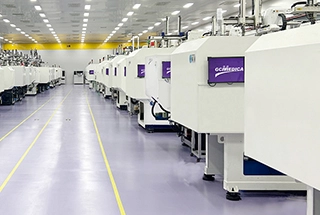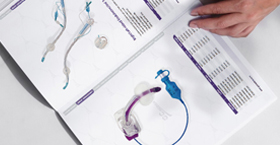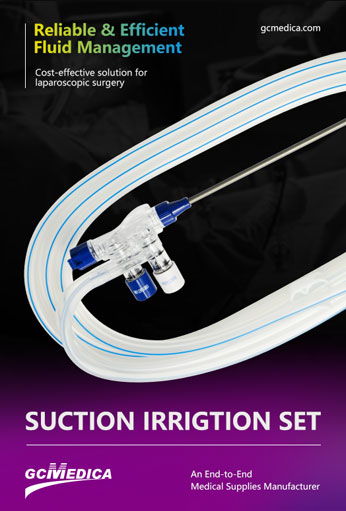Laparoscopic suction probes are indispensable instruments in minimally invasive surgery, providing precise fluid management, clear visualization, and efficient evacuation of blood, irrigation fluid, and tissue debris from the surgical field. Designed to integrate seamlessly with standard laparoscopic towers and trocars, these probes offer ergonomic handling, rapid suction control, and compatibility with a variety of insufflation systems. By minimizing the need for instrument exchanges and reducing operative time, they contribute significantly to surgical efficiency and patient safety.
The following table summarizes the primary characteristics of a typical laparoscopic suction probe:
| Feature | Description | Clinical Benefit |
|---|---|---|
| Shaft Length & Diameter | 330 mm length, 5 mm diameter | Adequate reach into the abdominal cavity with minimal trauma |
| Tip Design | Curved or straight-tip variants with multiple side ports | Improved access to difficult-to-reach areas; even suction distribution |
| Material | Medical-grade stainless steel (SUS 304) with silicone or polycarbonate handle | Corrosion resistance; lightweight and durable; easy cleaning |
| Suction Control | Thumb-activated valve or sliding control on handle | One-handed operation; precise variable suction levels |
| Connection | Standard Luer lock or quick-connect fitting | Universal compatibility; rapid assembly/disassembly |
| Irrigation Port | Integrated 3-way stopcock for saline irrigation | Instant switch between suction and irrigation modes |
| Sterilization | Autoclavable up to 135 °C | Reusable; cost-effective; maintains sterility |
| Disposable Sleeve Option | Single-use covers available | Reduces cross-contamination risk; eliminates reprocessing |
Surgeons select a suction probe based on procedural demands. The shaft length and diameter are tailored to the patient’s body habitus and trocar placement, ensuring comfortable maneuverability. Curved-tip variants facilitate suction along peritoneal folds, whereas straight tips excel in wide-open spaces. Multiple side ports along the tip promote consistent fluid removal and reduce clogging.
The choice of materials balances weight and strength. Medical-grade stainless steel provides rigidity for force application when clearing viscera or clots, while polymer components in the handle reduce overall device weight. An ergonomic handle with textured grip prevents slippage, even when gloves become wet, and protects against operator fatigue during prolonged procedures.
Integrated suction control mechanisms empower the surgeon to modulate vacuum strength without relinquishing instrument control. Thumb-activated valves allow rapid toggling between full-flow and gentle aspiration, critical when suctioning near delicate structures like bowel serosa or omentum. The addition of a 3-way stopcock simplifies conversion to irrigation, permitting saline flushes to clear debris while maintaining pneumoperitoneum integrity.
Universal connector fittings, such as Luer locks or proprietary quick-connect couplings, guarantee compatibility with existing suction lines and collection canisters. This interoperability minimizes setup time in the operating room and reduces reliance on device-specific tubing. A disposable sleeve option further augments infection control measures; single-use covers can be discarded post-procedure, obviating the need for high-level reprocessing of the entire instrument.
Sterilization protocols for reusable laparoscopic suction probes typically involve steam autoclaving at 121–135 °C. Robust construction withstands repeated cycles without compromise to mechanical performance or surface finish. When properly maintained, these probes can serve for hundreds of operations, offering both environmental and economic advantages over entirely disposable systems.
Conclusion
Laparoscopic suction probes combine precise fluid management, ergonomic design, and compatibility with standard laparoscopic setups to streamline minimally invasive procedures. Their varied tip geometries, integrated control features, and robust construction enhance surgical efficiency, reduce operative time, and maintain a clear field of view—ultimately contributing to improved patient outcomes and cost savings in the operating room.
| Suction Irrigation Set > |

 Français
Français Español
Español Products
Products
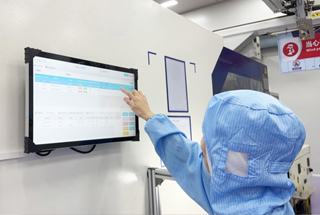
 About Us
About Us




